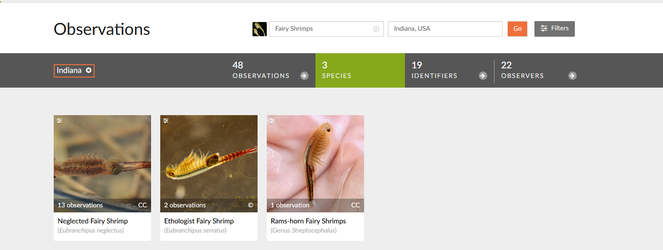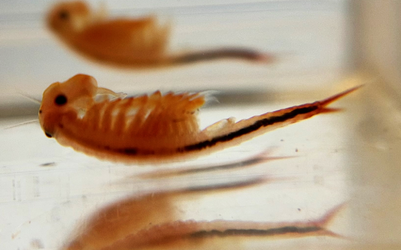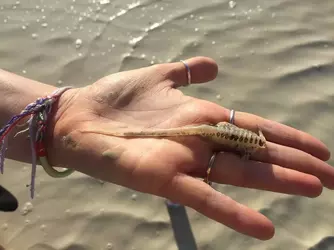I think if any cryptid exists, its in the deep part of the oceans.
I actually have seen a video relating to this that you might enjoy -- you know, almost a decade after your post.
The TL;DW is that through a general rule of thumb with collections of things that you don't know the initial amount of unique types are in, extrapolating with that model shows that there should be quite a few more large animals left to discover in the oceans. Most of my money would be on species of
beaked whales(who are often hard to spot and dive deep. Wikipedia even says "[...] are a
family of
cetaceans noted as being one of the least-known groups of mammals because of their deep-sea habitat, reclusive behavior and apparent low abundance.").
There is also the
52 hertz whale which has been heard but never actually seen whilst making its calls. There have also been potential other hearings of this call in other areas meaning that more than one could exist, which would make it seem like a true potential species or a hybrid(as is one of the theories).
I cast negromancy on the thread.
If this thread is being revived then I can bring about a theory I have for a not-so-well known cryptid, the
oil pit squid. After reading some of the archived headlines and news clippings from the time and thinking on it all, I put forward the fairy shrimp are behind the sighting. Namely the original news clippings describe the oil pit squid in the following ways:
>potentially having eyes, thus hinting at dark spots that could be eye spots
>a nondescript number of tentacles
>reddish gray color
>resembling nightcrawlers, thus presumably having "rings" or something that looks like rings.
And then there's stuff that we can infer from them specifically being compared to squids, despite those traits. Namely that these critters must've dart away, backwards, when approached. All of this fits in with fairy shrimp and there are fairy shrimp in that area. The only issue is that the fairy shrimp in Indiana are at most maybe an inch long. Here's a picture showing what inaturalist shows of fairy shrimp for Indiana:

Also, a picture of a neglected fairy shrimp that I think is the most likely culprit of a strain of these shrimps that had adapted to the oil pit:

My theory is that the "squids" found in that pit(which were noticed after a sprinkler system for the sludge pit broke and needed repairs) is that they were from a strain of fairy shrimp that had been evolving to live longer lives in the sludge pit and that they had also grown much larger. They were almost certainly feeding on bacterial growths(that a manager from the plant and some environmental guys later said must've been the squids but that doesn't line up with a worker having
killed one and put it in a jar. You don't delude yourself into saying that slimy mats can be killed nor swim.).
Sadly it wasn't that long after these guys were spotted that the site needed to be remediated since it was leaking hazardous chemicals into the ground(seemingly because if it was lined, which isn't likely since the plant was from like WW2 times, that lining had broken down). The top soil was removed too so any eggs that could've restarted their cycle and gotten us new oil pit squids are likely lost or gone. The best hope would be finding where that soil was stored/placed as fairy shrimp eggs can last for decades in their dehydrated form.
I've also posted about this elsewhere under another alias in the very, VERY unlikely chance someone(a person behind 1 of the 15 views it has) tries to call me a plagiarist.
Also when a fairy shrimp is taken out of water it does look more worm-like and there is a species of fairy shrimp that grows to about the/close to the length of the oil pit squids(6-8 inches as reported) and that's
B. gigas, pic here is one in someone's hand.

They almost certainly weren't B. gigas though as B. gigas occurs in the western part of the US, but it could possibly have been a very windswept colony of them started in that sludge pit.











